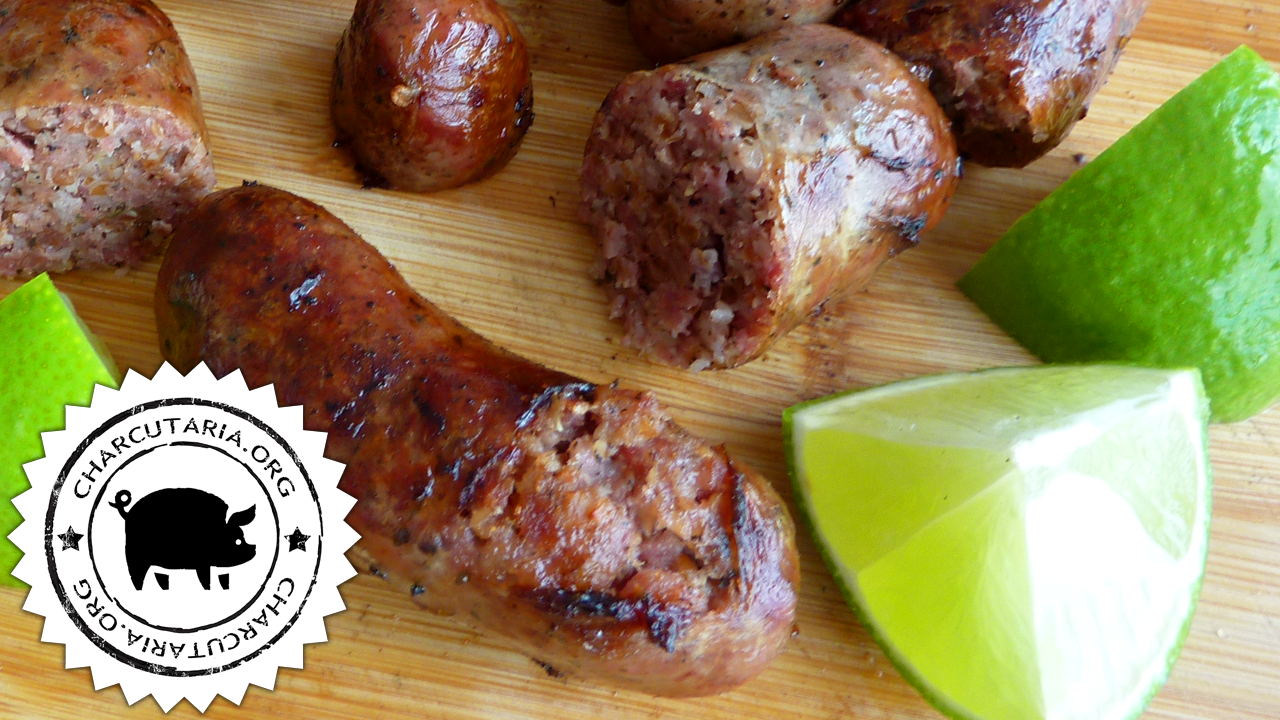
Quibe (kibe,كبة , kibbeh ou kubbah) é um prato típico do Oriente Médio que consiste em um bolinho de massa de triguilho ou semolina, recheado com carne, temperada com ervas e condimentos. O nome deriva de kubbeh que em árabe significa bola. É um prato muito popular no Líbano, Palestina, Síria e Iraque. É também comum no norte da África, na Turquia, na península arábica e em parte do Cáucaso, como na Armênia. Imigrantes sírio-libaneses difundiram a receita para a América do Sul. No Brasil é um prato muito comum, servido em padarias, lanchonetes, restaurantes e bares.
No seu preparo mais comum, consiste de uma massa de carne moída e trigo, misturada de forma homogênea ou recheada com carne e ervas. O formato, o tamanho e os ingredientes variam muito nos diferentes tipos de quibes. No Iraque há um tipo de quibe onde a massa é feita de arroz, chamado de kubbat halab. Também no Iraque, outro tipo de quibe é feito com a massa de carne e trigo, no formato arredondado e chato, chamado de kubbat mosul.
O quibe com a carne e a mistura, sem a crosta, pode ser servido cru, chamado kibbe nayye, típico do Líbano, Síria e Iraque, acompanhado do licor de arak.
Kibbeh (kibe, كبة or kubbah) is a typical Middle Eastern dish that consists of a crushed wheat ball, stuffed with meat, seasoned with herbs and condiments. The name derives from kubbeh which in Arabic means ball. It is a very popular dish in Lebanon, Palestine, Syria and Iraq. It is also common in North Africa, Turkey, Arabian peninsula and part of the Caucasus, as in Armenia. Syrian-Lebanese immigrants spread the recipe to South America. In Brazil it is a very common dish, served in bakeries, restaurants and bars.
In its most common preparation, it consists of a ball of minced meat and crushed wheat, mixed homogeneously or stuffed with meat and herbs. The shape, size and ingredients vary widely in different types of kibbeh. In Iraq there is a type of kibbeh where the dough is made of rice, called kubbat halab. Also in Iraq, another type of kibbeh is made with meat and wheat, in a round and flat shape, called kubbat mosul.
The kebab with crushed wheat and meat mixed together, without the crust, can be served raw, called kibbe nayye, typical of Lebanon, Syria and Iraq, accompanied by arak liqueur.
English version
Ingredientes da linguiça de quibe
- 200 g trigo para quibe / crushed wheat;
- 800 g alcatra ou patinho / beef;
- 200 g bacon;
- 24 g sal / salt;
- 5 g hortelã desidratada / mint;
- 5 g alho granulado / garlic;
- 5 g cebola em pó / powdered onion;
- 3 g pimenta síria / Syrian Pepper;
- 1 g limão em pó / zest or powdered lemon.
Modo de preparo da linguiça de quibe / Kebbeh sausage instructions
- Limpe e corte a carne e o bacon em cubos médios;
Clean and cut the meat and bacon into medium cubes; - Coloque todos os temperos na carne e refrigere por 12 horas;
Mix spices with the meat and refrigerate for 12 hours; - Lave e deixe o trigo hidratando em água morna por 30 minutos;
Wash and let the wheat moisturize in warm water for 30 minutes; - Após os 30 minutos, escorra bem e reserve.
After 30 minutes, drain and set aside. - Moa a carne e o bacon usando o disco fino(5 milímetros);
Grind the meat and bacon using 5 mm disc; - Misture as carnes moídas e o trigo;
Mix the meat and the wheat; - Misture por 2 minutos com as mãos ou utilizando uma batedeira orbital com a pá plana;
Mix for 2 minutes with your hands or mixer; - Embutir em tripa suína calibre 28/32 mm.
Stuff in 28/32 mm hog casing. - Asse no forno a 160ºC por 20 minutos ou na churrasqueira por 12 a 15 minutos.
Bake in the oven, 160ºC for 20 minutes or bbq for 12 to 15 minutes.












Parabéns vídeo maravilhoso,vou experimentar.
Como se chama o equipamento para embutir a carne na tripa?
Parabéns pelos vídeos.
Ensacadeira ou canhão de linguiça.